COVID-19 and other factors led organizations to move their meetings, workshops and training sessions online. Yet people often struggle to reap the benefits of meeting in a virtual environment. While virtual facilitation shares best practices with face-to-face facilitation, you need to recognize notable differences before you lead a meeting. In this practical handbook, facilitators and learning experts Henrik Horn Andersen, Iben Nelson and Kåre Ronex offer ample tips as they lead you through planning and running effective virtual sessions.
To run effective virtual meetings, you must overcome the physical, social, cultural and technological distance of the online environment.
Virtual sessions offer advantages over physical meetings. For example, since participants can work on documents collaboratively, you can capture output in a format you can share afterward. The virtual environment also forestalls anyone dominating the discussion.
However, virtual meetings raise physical, social, cultural and technological barriers. To overcome the physical distance virtual sessions create, encourage participants to meet face-to-face beforehand.
Give participants clear guidance on how to prepare. For example, they should have a glass of water or a cup of coffee on hand and make sure nothing in their environment will disturb them. To counteract social distance, allow time at the start for informal chats and interaction. Use breakout rooms, and schedule regular breaks.
Be aware of cultural differences. Set clear ground rules at the start, and check in with people regularly to get their feedback on how things are going. Remember that technological problems ...









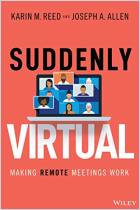
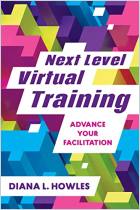
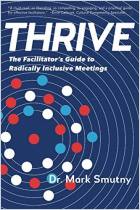
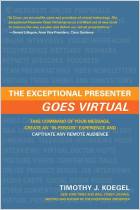
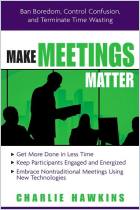







Comment on this summary or Démarrer une discussion